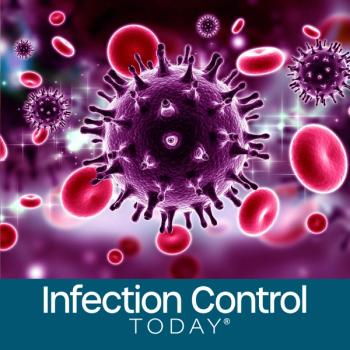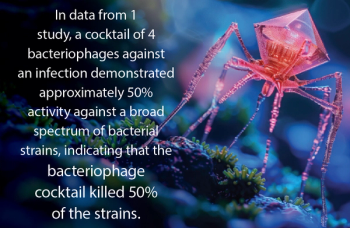
WHO Launches New Stop TB Strategy to Fight the Global Tuberculosis Epidemic
LONDON and GENEVA -- A new strategy to fight one of the world's leading killers - tuberculosis (TB) - was launched today by the World Health Organization (WHO).
The new "Stop TB Strategy" addresses the current challenges facing countries in responding to TB -- how to continue scaling-up TB control activities while also addressing the spread of TB and HIV co-infection and multidrug-resistant TB (MDR-TB). Both TB/HIV, especially in Africa, and MDR-TB, particularly in Eastern Europe, are seriously hampering global control efforts to reduce the 1.7 million deaths caused by TB every year.
At the strategy's core is DOTS, the TB control approach launched by WHO in 1995. Since its launch, more than 22 million patients have been treated under DOTS-based services. The new six-point strategy builds on this success, while recognizing the key challenges of TB/HIV and MDR-TB. It also responds to access, equity and quality constraints, and adopts evidence-based innovations in engaging with private healthcare providers, empowering affected people and communities and helping to strengthen health systems and promote research.
"DOTS remains central to TB control. Without it we would have no TB control. But with DOTS programs now established in 183 countries, the new Stop TB Strategy injects new energies to make efforts more comprehensive and effective," said Dr. Mario Raviglione, director of WHO's Stop TB Department. "The Stop TB Strategy aims to ensure access to care for all TB patients, to reach the 2015 Millennium Development Goal for TB and to reduce the burden of TB worldwide."
The Stop TB Strategy, published in the 17 March issue of The Lancet, was developed during a consultation process involving international health partners over a two-year period. Its six components are:
1. Pursuing high-quality DOTS expansion and enhancement. Making high-quality services widely available and accessible to all those who need them, including the poorest and most vulnerable, requires DOTS expansion to even the remotest areas.
2. Addressing TB/HIV, MDR-TB and other challenges. Addressing TB/HIV, MDR-TB and other challenges requires much greater action and input than DOTS implementation and is essential to achieving the targets set for 2015, including the United Nations Millennium Development Goal relating to TB (Goal 6; Target 8).
3. Contributing to health system strengthening. National TB control programs must contribute to overall strategies to advance financing, planning, management, information and supply systems and innovative service delivery scale-up.
4. Engaging all care providers. TB patients seek care from a wide array of public, private, corporate and voluntary healthcare providers. To be able to reach all patients and ensure that they receive high-quality care, all types of healthcare providers are to be engaged.
5. Empowering people with TB, and communities. Community TB care projects have shown how people and communities can undertake some essential TB control tasks. These networks can mobilize civil societies and also ensure political support and long-term sustainability for TB control programs.
6. Enabling and promoting research. While current tools can control TB, improved practices and elimination will depend on new diagnostics, drugs and vaccines.
 The new Stop TB Strategy underpins the Global Plan to Stop TB, 2006-2015, an ambitious $56 billion action plan launched in January. If fully implemented, the Global Plan will treat 50 million people for TB, halve TB prevalence and death rates and save 14 million lives.
Source: World Health Organization
Newsletter
Stay prepared and protected with Infection Control Today's newsletter, delivering essential updates, best practices, and expert insights for infection preventionists.






